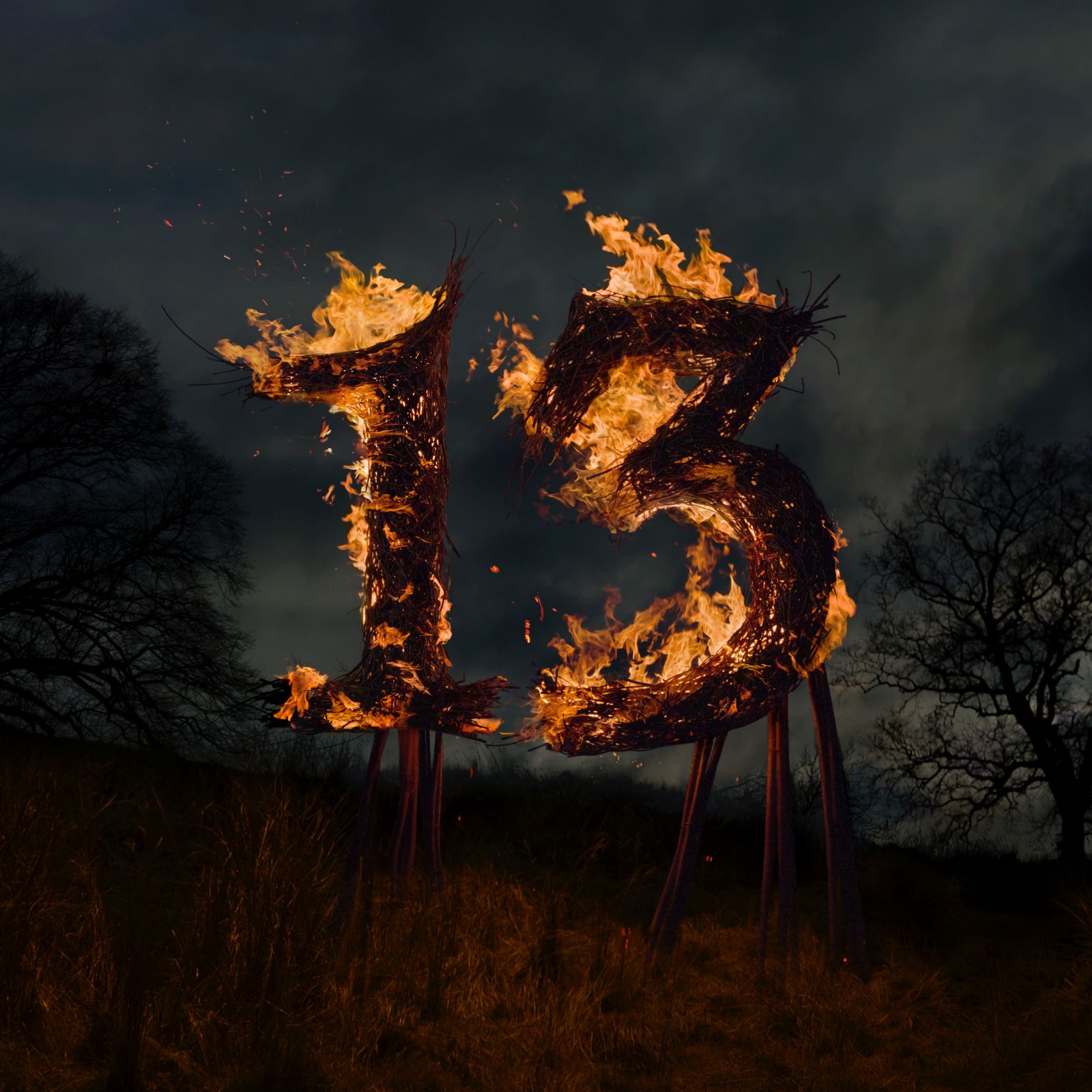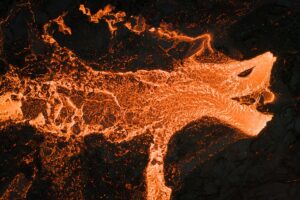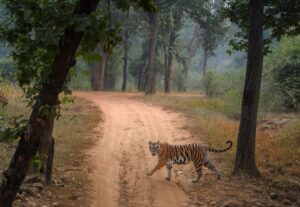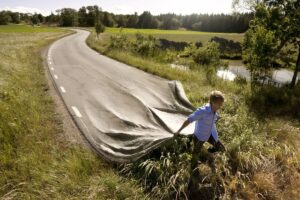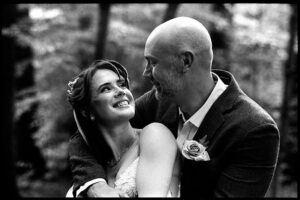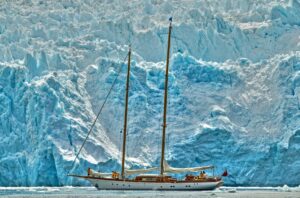
I think the moment you think that you’ve learned it all is the moment you stop growing.
Jonathan Knowles
You can also listen to this episode with Jonathan on iTunes, Pocket Casts, Spotify, Castbox, and Google Podcast
Start your journey in our photography group and interact with the host, Perrin, gain access to monthly photo contests, discover daily inspiration, and much more!
Interested in contributing? Visit our Supporter page to find out more.
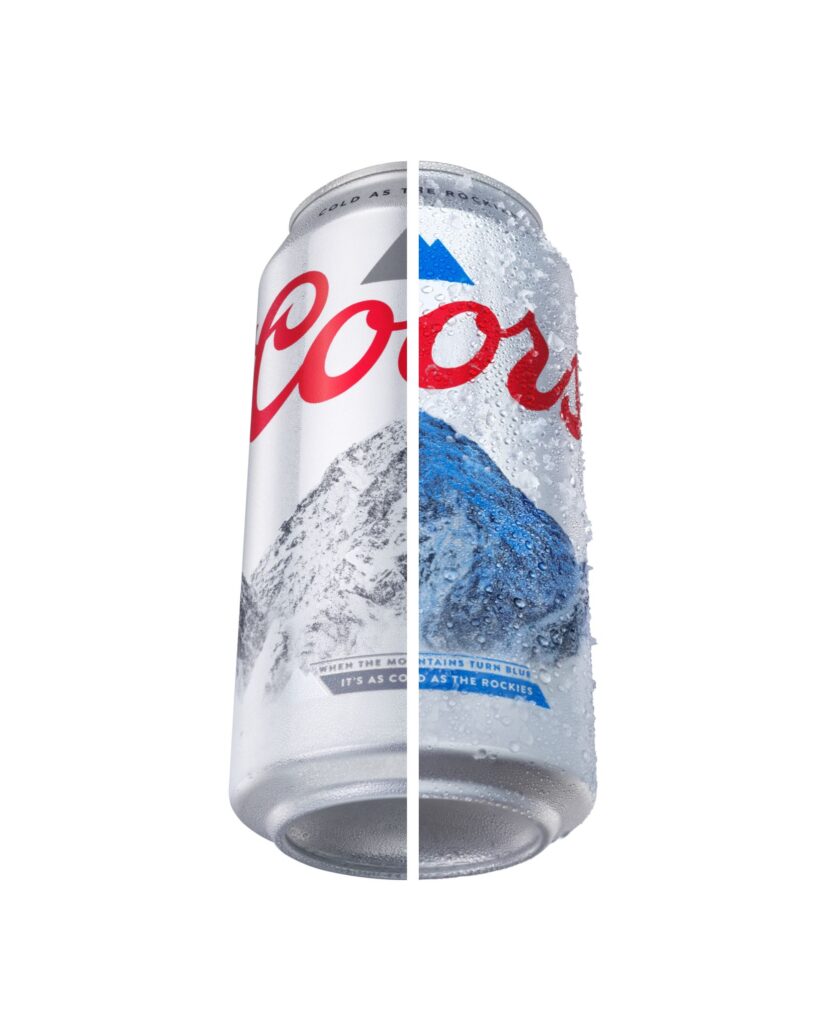
Jonathan Knowles still remembers the first time he saw Harold Edgerton’s iconic “milk splash” photo. He was just eight years old, standing in a school science lab, staring at a corona of white suspended in perfect, impossible stillness. Something about it felt like magic, or maybe a kind of science wizardry. What he didn’t know then was how deeply that image would imprint on him, or that decades later, he’d find out his father’s friend had helped build the very flashes that made that photo possible.
Today, Jonathan is known for capturing moments we rarely get to see and includes liquids flying through the air with sculptural precision, microscopic worlds revealed in stunning detail, and even album covers that literally go up in flames. His work sits at the intersection of science, art, and design, and despite working with clients like Coca-Cola, Netflix, and Black Sabbath, he still treats each shoot with curiosity and care.
In this episode, Jonathan opens up about the winding road that led from home to high-budget international campaigns. He shares what it’s like to engineer splash photography with robotic precision, why personal projects keep him creatively fit, and how being “untrained” actually helped him carve out a signature style that agencies now seek out.
He also reflects on how video transformed his career, the creative freedom of portrait-format filming (he was ahead of the curve), and why staying curious is the ultimate career strategy.
Here’s some of what we get into:
- How a childhood fascination with one milk splash photo sparked a lifelong visual obsession
- The surprising role of robotic rigs, lasers, and high-speed cameras in Jonathan’s studio
- Why commercial campaigns often succeed or fail before a single image is captured
- The transition from stills to video-and why portrait video isn’t just for your phone
- Why Jonathan still invests in unpaid test shoots (and what they’ve taught him)
This conversation is a deep dive into both the craft and mindset behind high-concept commercial photography. It’s full of gems for anyone who’s ever wondered what goes into capturing the “perfect shot.” Enjoy the episode.
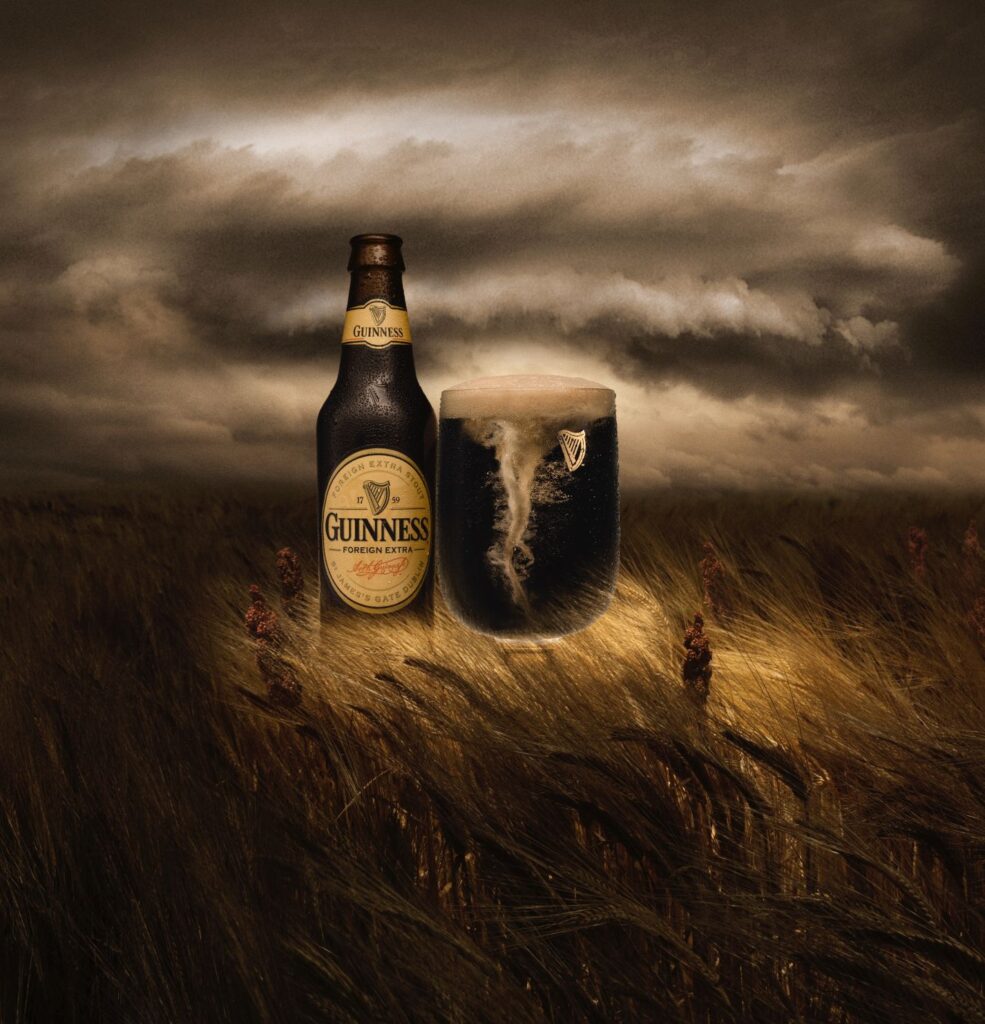
Q: What was it about that milk splash photo that stuck with you? And how did that turn into a love for photography?
Jonathan: I saw that image when I was eight, on the wall of a school science lab. It was the perfect corona milk splash on a red background by Harold Edgerton. I remember staring at it, absolutely mesmerised-the idea that you could freeze something so perfect. It felt like magic, almost wizardry. That was the initial hook for me.

Q: When you’re capturing liquids in motion, walk me through the setup that you have to do and the mindset you have before you go in and take the shots.
Jonathan: It depends exactly what we’re trying to do. If it’s a drip hitting a pool of water or a big explosion of liquid flying across a room, the approach changes. I generally have a good idea of where to start and then tweak and refine. You have to embrace that liquids have a mind of their own. Sometimes we even shoot things upside down because gravity works better that way. It’s like fishing, you’re trying to catch that perfect seven-thousandth of a second moment.
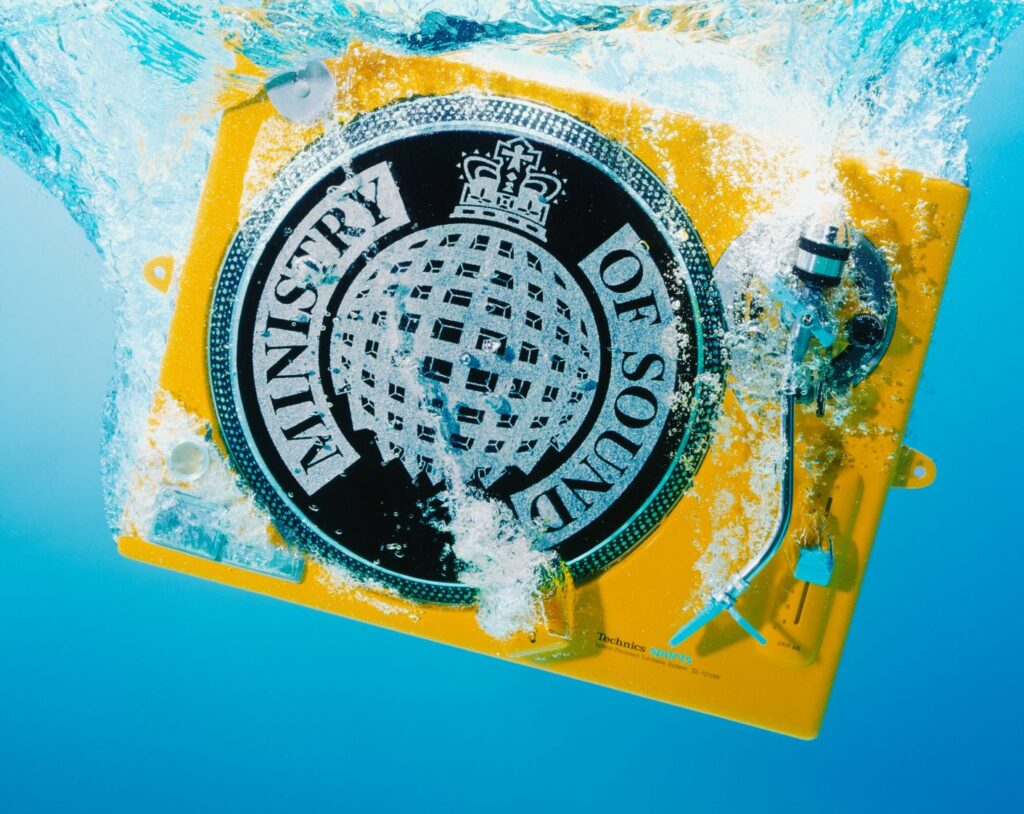
Q: Why did you start working with video?
Jonathan: I saw it coming down the line. In 2012, I did some test films with a proper crew, which cost a lot. But I realized they weren’t doing anything I couldn’t do myself on the scale I usually work. Once I understood that the technical aspects, aperture, shutter speed, were the same, it didn’t frighten me. Video just meant telling a story over time, and with elements like sound and pacing, it brought a whole new layer to the work.
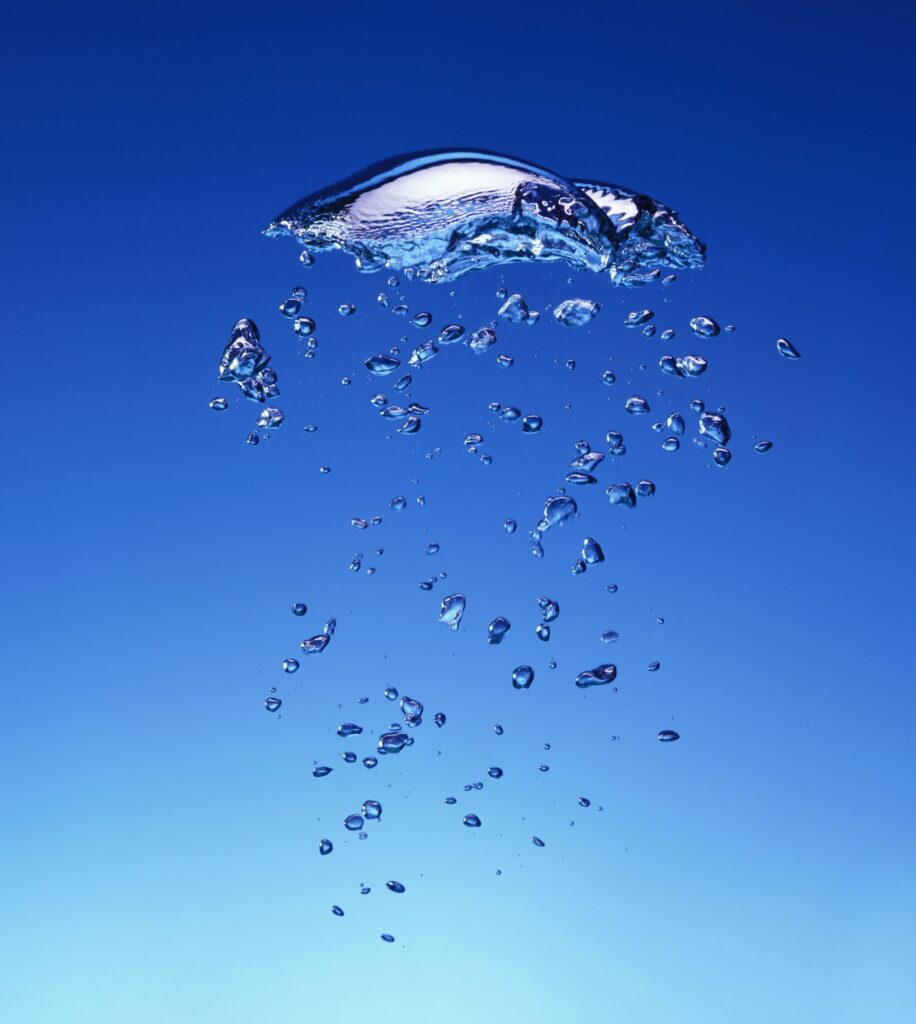
🔗 Connect with Jonathan Knowles
🧭 What We Talked About
🎼 Early Journey / Origins
- Jonathan’s lifelong fascination with liquid and motion began at 8 years old after seeing Harold Edgerton’s iconic milk splash photograph in a school science lab.
- Discovered a surprising family link to Edgerton’s work: his father’s friend helped build the flashes that could freeze a speeding bullet.
- Started experimenting with film at 16 and landed his first freelance job at 17 – photographing a London Christmas ball.
- Never went to photography school – his “deep end” learning came through assisting advertising photographer Alan Randall, surrounded by top art directors from Vogue and Harper’s & Queen.
📖 Philosophy / Vision / Storytelling
- Jonathan’s images exist at the intersection of science, art, and design.
- He seeks to reveal unseen beauty in the natural world, like the way light prismatically interacts with a splash.
- Believes in capturing visuals that are emotionally resonant and technically precise, often using metaphors like “setting a stage for a performance” or comparing it to fishing for a fleeting moment.
- Sees every brief, whether a whiskey ad or a flaming 13-foot sculpture for Black Sabbath, as a storytelling opportunity.
📷 Tools, Gear, and Behind the Scenes
- Shoots primarily digital due to the speed and demands of commercial work.
- For high-speed video, he uses the Phantom Flex 4K, often combined with laser triggers, robotic timelines, and sound-activated flash setups.
- Works with real liquids, whether whiskey or paint, favoring authenticity over digital substitutions.
- Uses microscopic lenses and has shot objects as small as 0.3mm.
- AI tools like sharpening software are explored but not central to his practice; he believes “real light sculpts better“.
🔁 Practice, Teaching, Platforms
- Jonathan doesn’t teach but shares his knowledge through behind-the-scenes videos and detailed briefs.
- Produces both stills and motion, about 60% of his work is now video.
- His creative adaptability lets him handle everything from commercial splash photography to atmospheric album covers.
- Stays creatively match-fit through personal projects, like exploring color perception or working with robotic pouring rigs.
💬 Advice, Creative Strategy, or Challenges
- Advises new photographers to “shoot what you love and shoot a lot.“
- Recommends being persistent, visible, and professional, advertisers won’t find you if you stay quiet.
- Underscores the importance of pre-production: good planning ensures creativity on shoot day.
- Believes in collaboration over perfectionism – working with expert retouchers allows him to see his images with fresh emotion and objectivity.
🌍 Influences, People, Brands, or Places
- Harold Edgerton – pioneer of high-speed photography
- Brands He’s Work With: Netflix, BBC, Pantene Pro-V, Heinz, Coca-Cola
- Notable Gear: Phantom Flex 4K
- Tools: Laser triggers, robotic motion rigs, and high-speed flashes
🔮 What’s Next for Jonathan
- Continuing personal projects exploring color perception and the science of seeing.
- Experimenting with robotic pouring rigs and intricate camera moves.
- Open to creating a book of his photographic journey, after multiple nudges (this episode included!).
- Still driven by one goal: “Never stop being curious.”


